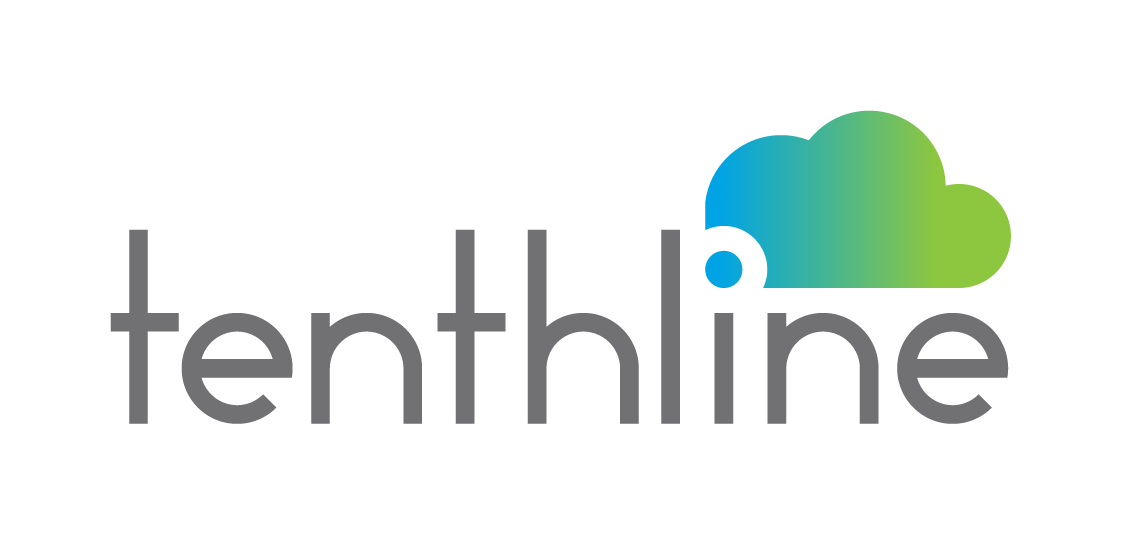The rapid evolution of technology has necessitated the modernization of legacy systems in the healthcare industry. As a major part of digital transformation, application migration from legacy systems to more modern platforms offers a plethora of benefits. Healthcare organizations face additional unique challenges when undergoing the process. This article dives into the key considerations of application migration in the healthcare sector, highlighting the benefits and challenges involved.
1. The Need for Legacy System Modernization in Healthcare
1.1. Outdated Technology
Legacy systems often fall short of meeting the current and future needs of the healthcare industry. They may lack the latest security measures, have compatibility issues, or fail to provide real-time, reliable data, which is critical in healthcare decision-making.
1.2. Operational Inefficiency
Legacy systems often require time-consuming manual tasks, hampering efficiency and driving up usage costs. Modern systems, in contrast, streamline operations with automation, reducing costs and improving productivity.
2. Benefits of Application Migration in Healthcare
2.1. Improved Efficiency
Modern platforms, including cloud-based systems, offer automation capabilities and data integration that can significantly boost efficiency in healthcare operations.
2.2. Enhanced Security
Migrating to updated systems helps healthcare organizations meet stringent data privacy regulations, such as HIPAA and PII protections. Modern platforms have robust security measures that better protect patient data.
2.3. Scalability and Flexibility
Modern systems can scale as per the organization’s needs, allowing them to manage increased data volume and users with ease. They also offer the flexibility to adapt to emerging technology trends and the capacity for integration with other programs.
3. Challenges in Healthcare Application Migration
3.1. Data Privacy and Security
Data privacy is a major concern for healthcare organizations. The migration process must be designed to maintain data security, ensure patient privacy, and comply with regulatory standards.
3.2. Migration Complexity
The complexity of the migration process often varies depending on the size of the organization, the number of systems involved, and the volume of data to be transferred.
3.3. System Downtime
Healthcare organizations need to ensure minimal disruption to operations during the migration process. This requires careful planning and execution.
4. Overcoming Migration Challenges: Strategies and Solutions
4.1. Conduct a Comprehensive Assessment
Perform a detailed assessment of the legacy system, identify sensitive data, and understand system dependencies to plan a successful migration strategy.
4.2. Plan for Downtime
Create a detailed migration plan that includes strategies for minimizing system downtime. This may involve phased migration or scheduling the process during off-peak hours.
4.3. Partner with Experts
Seek the assistance of experienced partners like Tenthline to ensure a smooth, secure, and efficient migration process.
5. Tenthline: Your Partner for Healthcare Application Migration
As a trusted partner in healthcare application migration, Tenthline Inc. provides comprehensive solutions to healthcare organizations, helping them modernize their legacy systems while prioritizing information security.
5.1. Why Choose Tenthline Inc. for Healthcare Application Migration?
With a deep understanding of the healthcare industry’s unique challenges, Tenthline offers customized migration strategies that align with your organizational goals, ensuring minimal downtime, improved security, and efficient post-migration support.
Ready to modernize your healthcare organization’s legacy systems? Contact Tenthline Inc. today. We’re here to guide you every step of the way on your application migration journey.


Leave A Comment